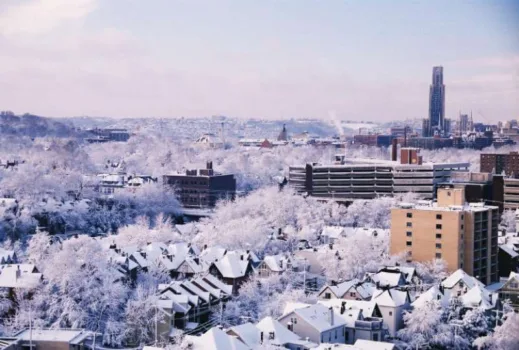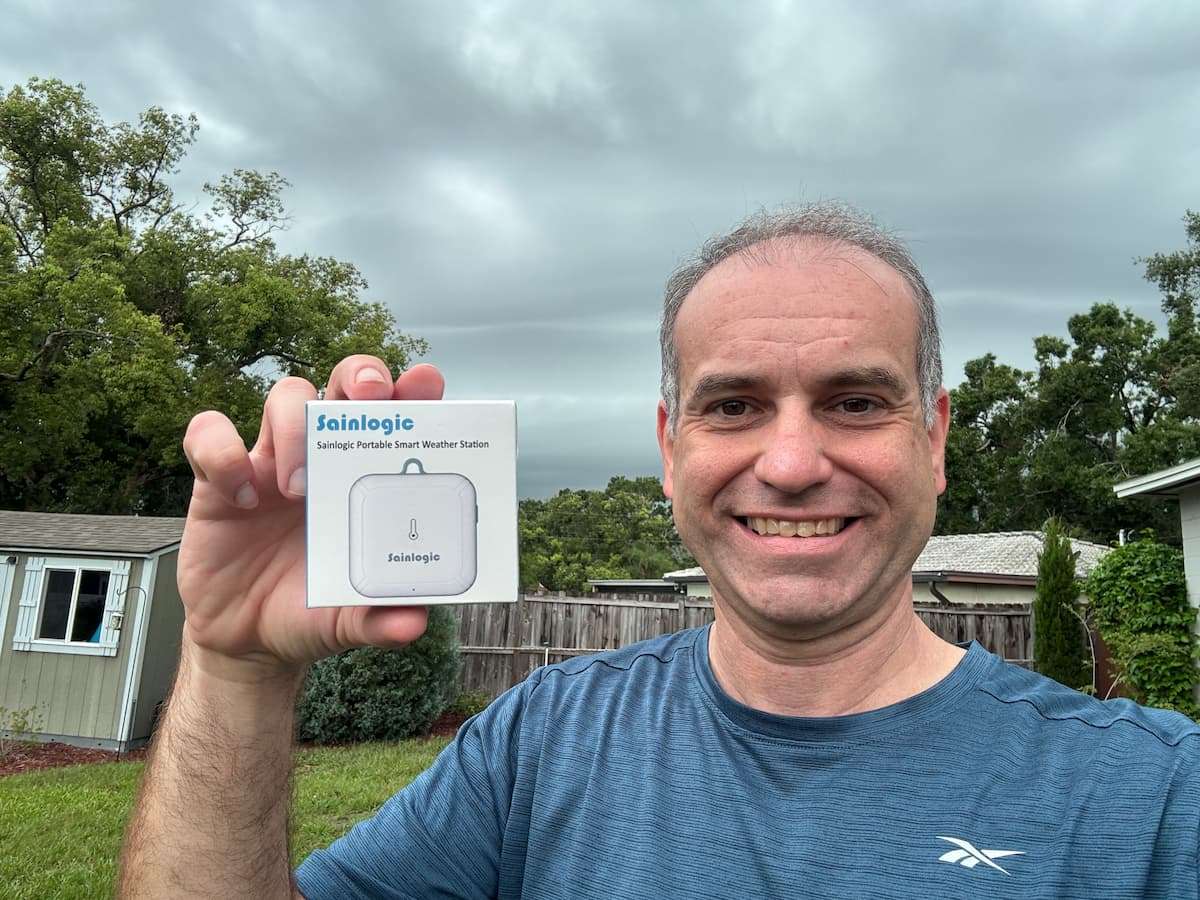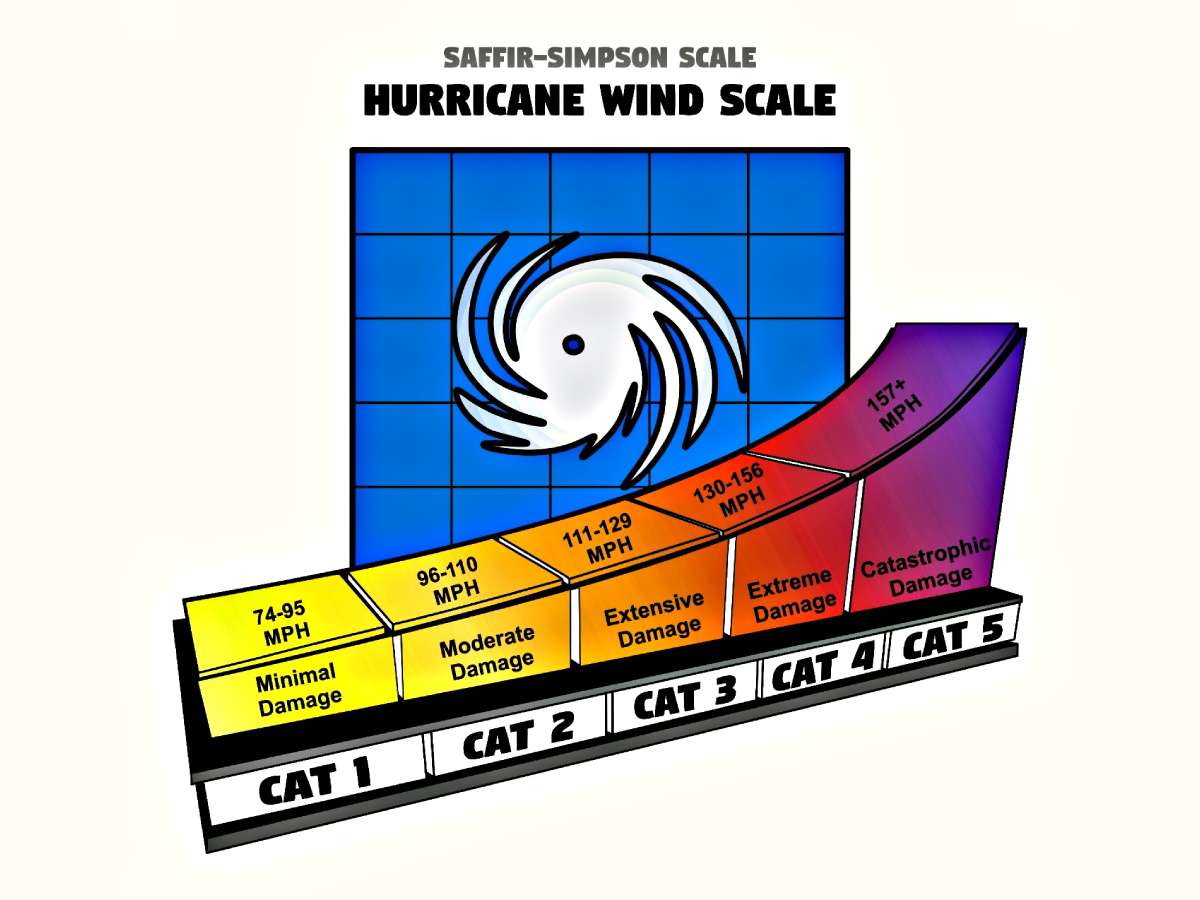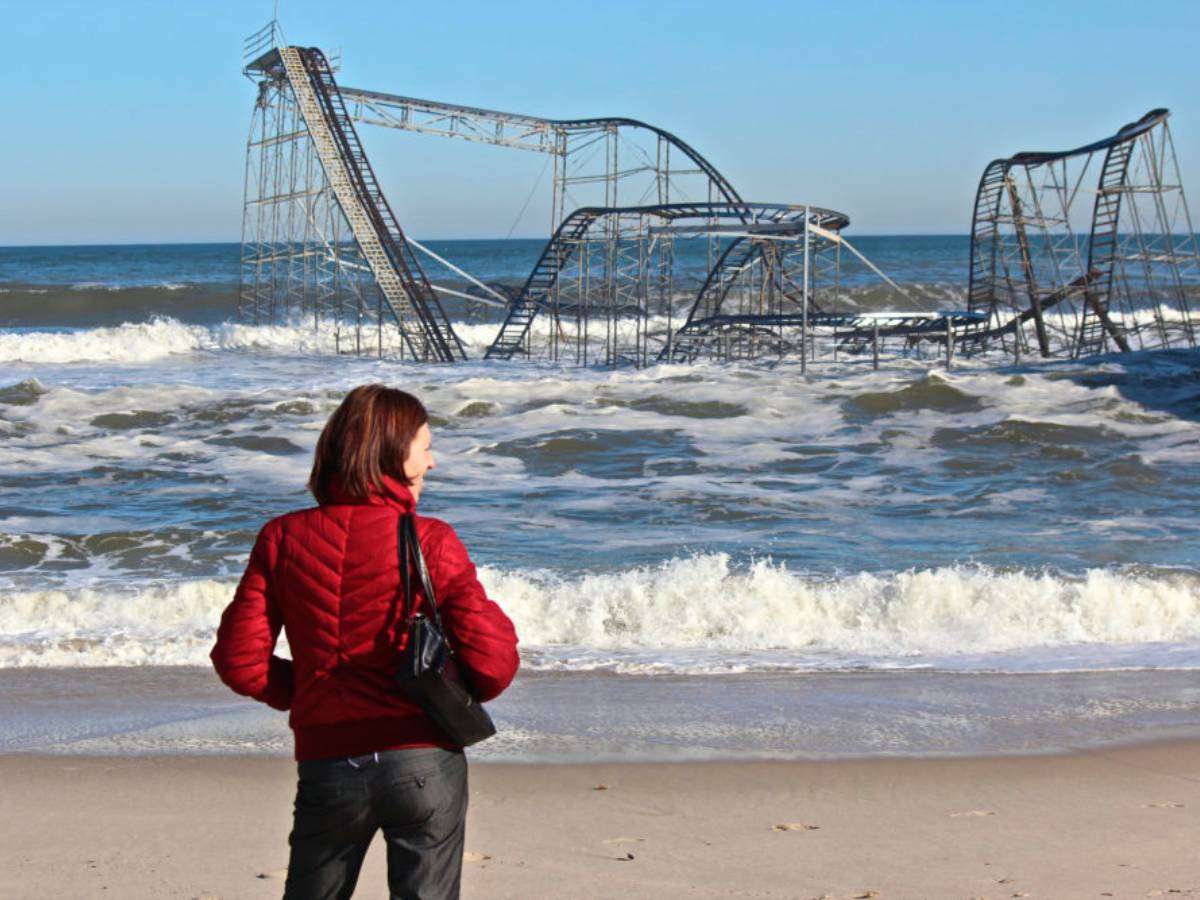PUBLISHER’S NOTE:
Recently this article was “flagged” by Google’s AdSense platform because an unidentified user claimed that this article violated Google’s policy of making “Unreliable and harmful claims“. We are leaving this article unedited as we feel our writer made no such claims.
The “Little Ice Age” has been thoroughly covered by many organizations, including (but not limited to): Penn State University, Wikipedia, Britannica, Clark Science Center, The New Yorker and National Science Foundation. The order of these references are the top 6 results for a Google search for “what was the little ice age”. Google’s own Search Labs | AI Overview provided substantially similar results from these same resources.
In conclusion, we find that this article agrees with what many consider a factual period in recent world history. Therefore, this article remains unedited from it’s original publishing. We encourage and accept dissenting views in the comments below.

Climate change has been the focus of much attention since the 1990s. But climate change doesn’t necessarily always refer to only warming trends.
In fact, any type of major, long-term shifts in overall global weather patterns are indications of climate change.
Global warming has been at the forefront of the climate change arena, but Earth has also undergone periods of cooling.
Perhaps one of the most significant — and recent — periods of global cooling was the Little Ice Age.
The Little Ice Age
The period known as the Little Ice Age generally lasted from around 1250 A.D. to 1850.
Much of the world experienced these cooler temperatures.
While it wasn’t always snowing, there were indeed noticeable changes in some of Earth’s natural ‘habits.’
Some examples:
- Europeans had a terrible time trying to grow crops — it got too cool throughout the year to actually reap harvests in many parts of the Europe. This caused famine in parts of the continent.
- The Black Death that spread throughout Europe was caused my an increase in moisture.
- Glaciers advanced on European mountains.
- Canada’s Hudson Bay was frozen for about 3 weeks longer, on average, than normal.
- New York Harbor actually froze — people could actually walk on the harbor!
- Average global temperatures were about 2.5 degrees Fahrenheit cooler than they are nowadays.
What Caused The Cooler Temperatures?
The Little Ice Age didn’t just happen on its own. In fact, the Little Ice Age happened because of the coinciding of a series of major volcanic eruptions, decreased solar activity, and changes in ocean patterns.
Warming has occurred since the 1850s, and scientists don’t always agree on why this is.
Popularly, it’s believed that the increased output of carbon emissions from the Industrial Revolution and farming is causing the warming.
Are we still in a natural warming recovery from the Little Ice Age? Are the warming temperatures caused by humans putting out carbon emissions?
Whatever the case, the world is much warmer today than it was about 3 centuries ago.
A Little Ice Age May Happen Again In The Future
With all the talk about global warming, there’s always the possibility that a period of cooling may again happen.
Of course, it would take a series of events to bring about a prolonged period of cooling.
A major volcanic eruption (or many) may blanket the atmosphere with enough ash and sulfur emissions to lower temperatures.
Could such an event be enough to, for example, reverse some of the damage to the Arctic ice cap, Greenland’s glaciers, or other regions where warming has caused changes to the environment?
It wouldn’t be the first time that a volcano could cause such changes — if only temporary — to the climate.
When Indonesia’s Tambora erupted in 1815, it coughed up enough ash and sulfur to filter out the sun and bring about the Year Without A Summer in 1816 — when snow fell in mid-summer throughout parts of North America and Europe!




